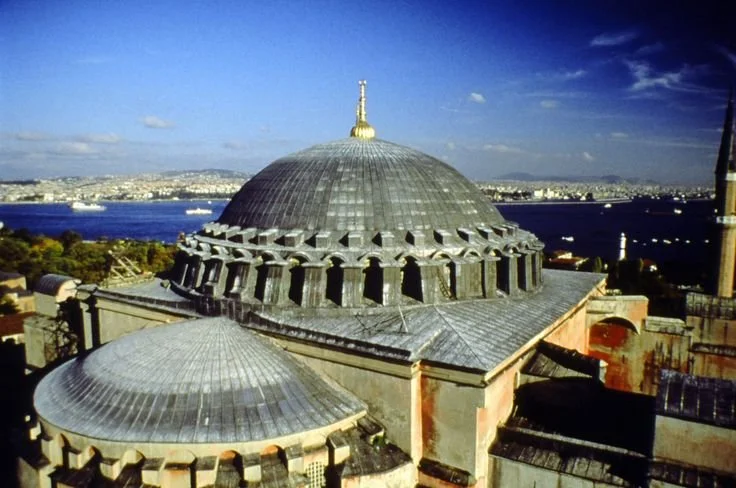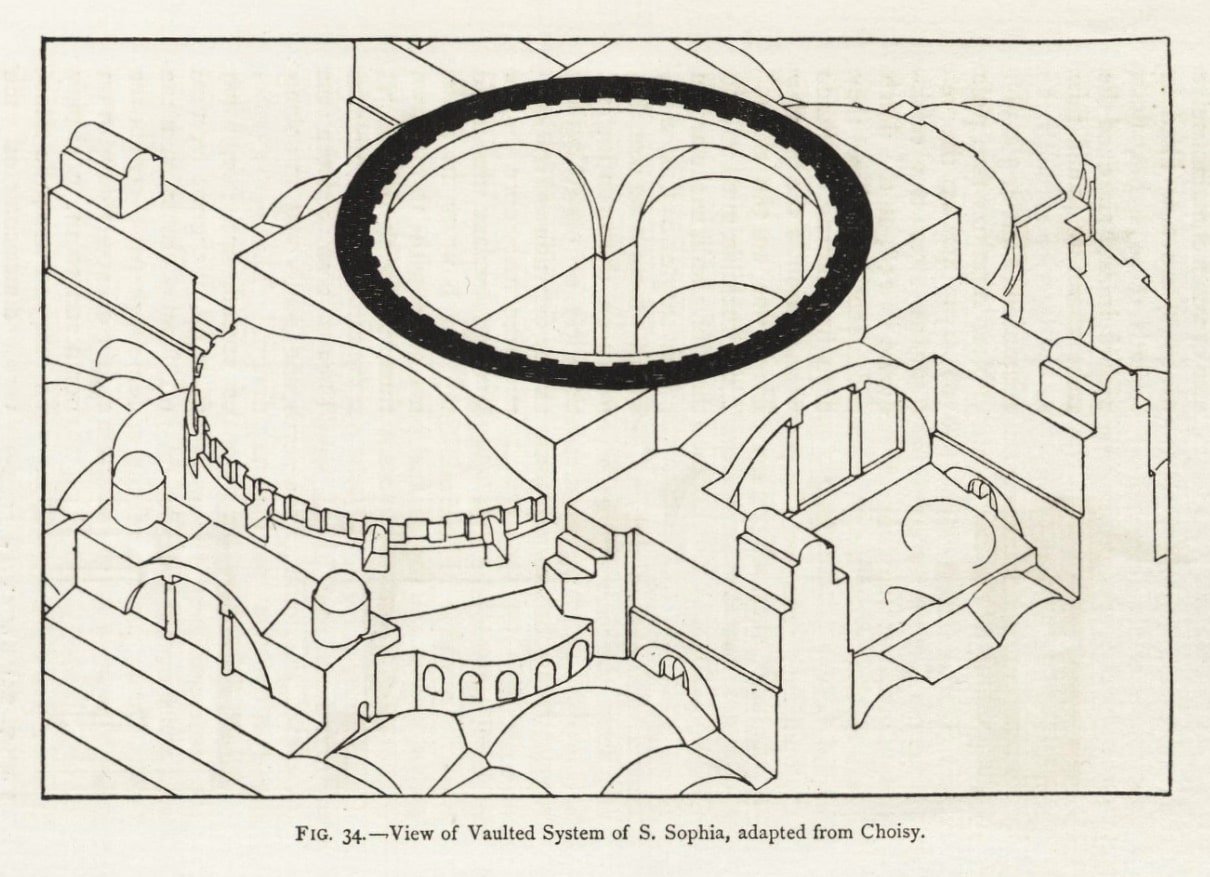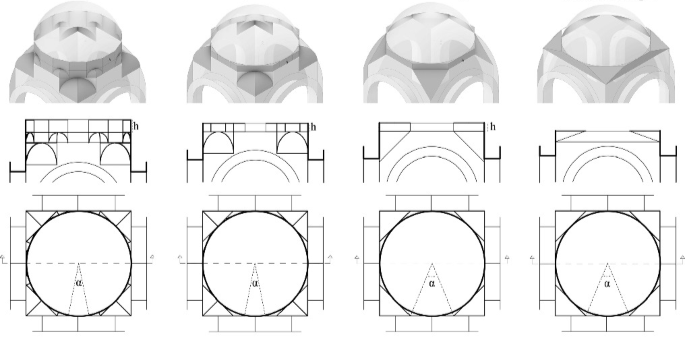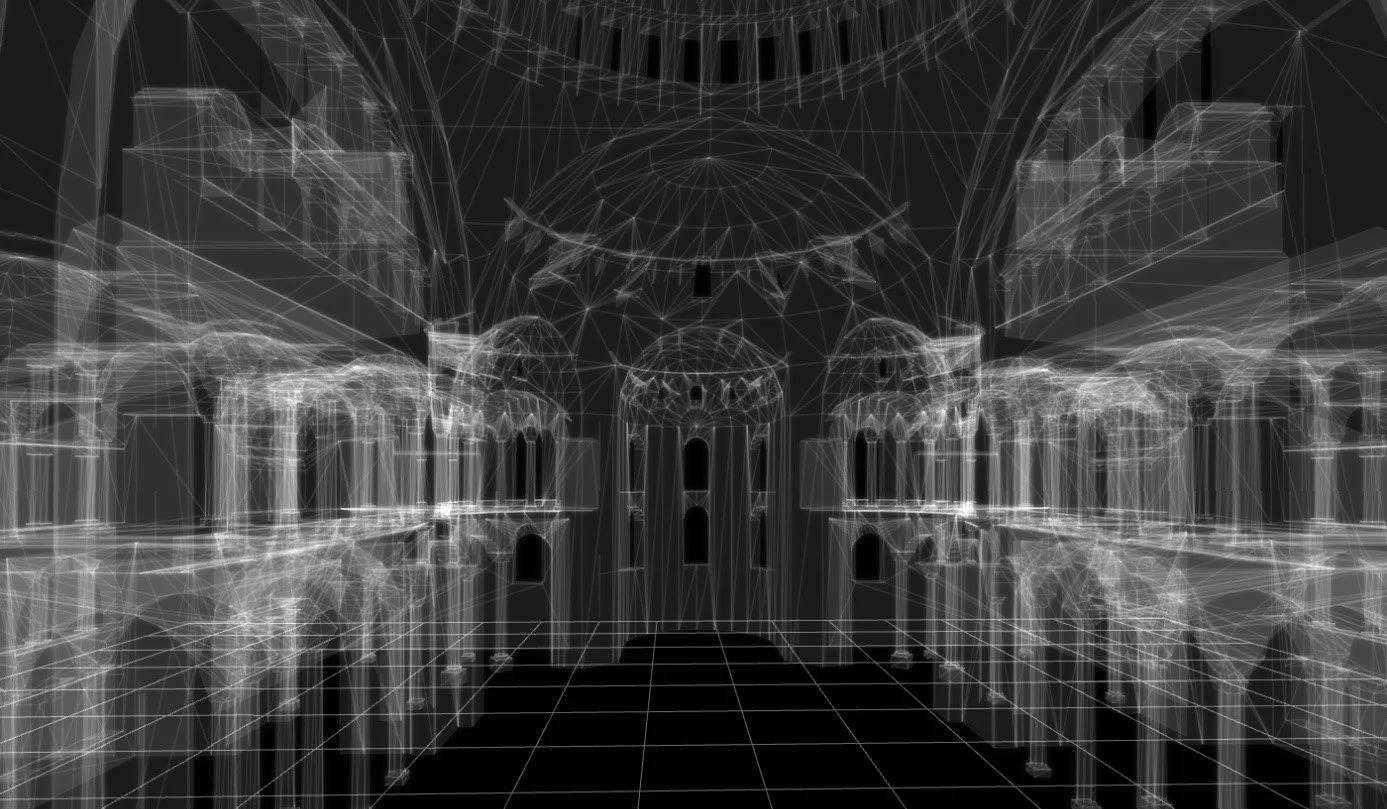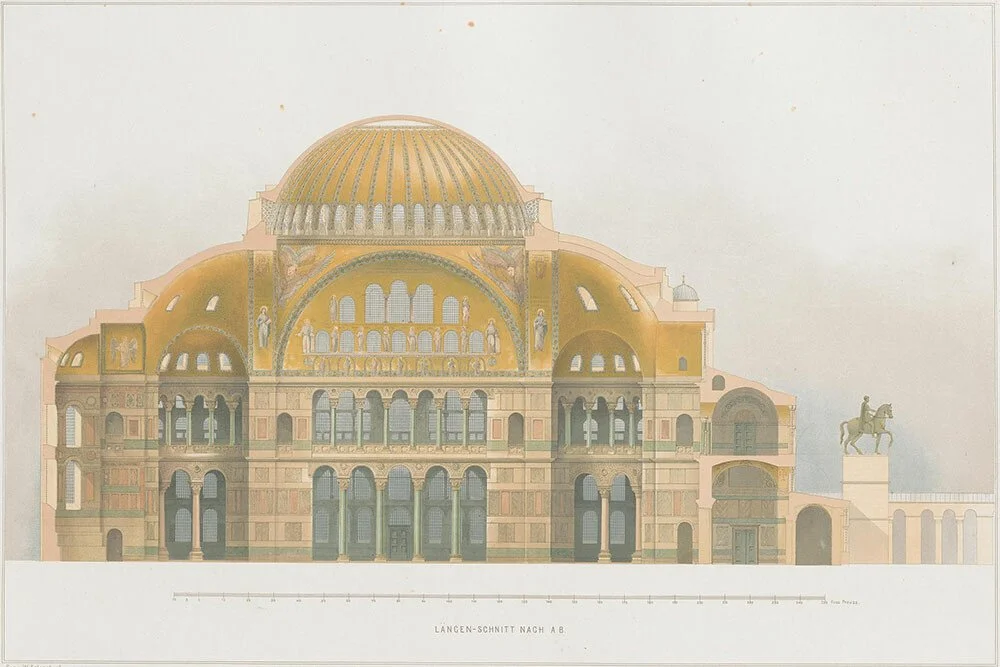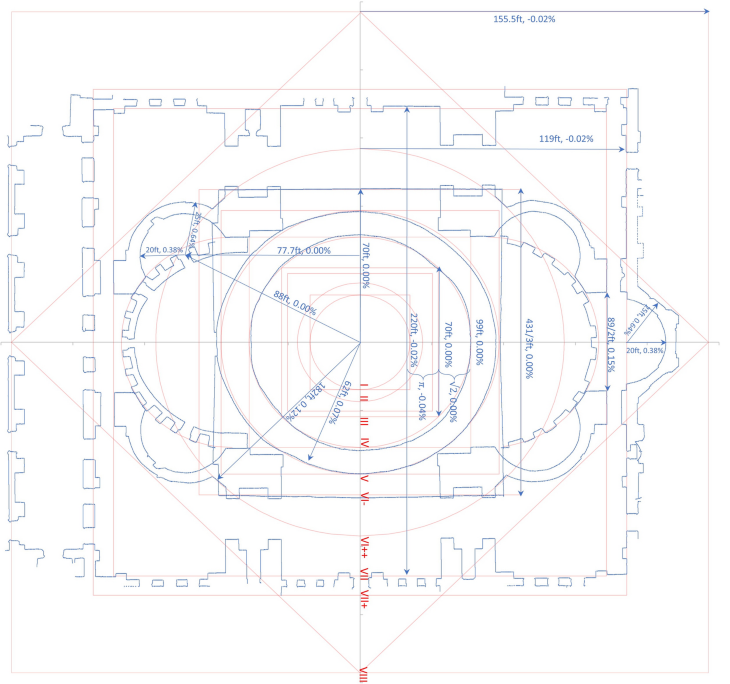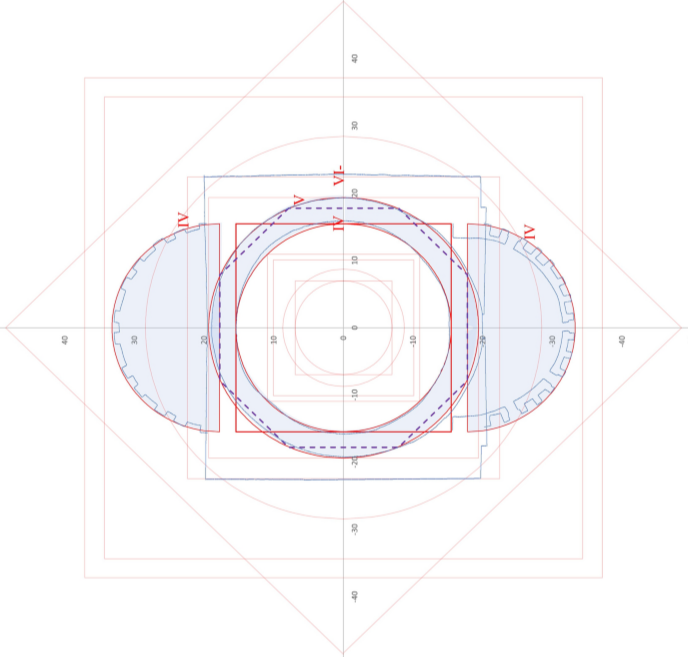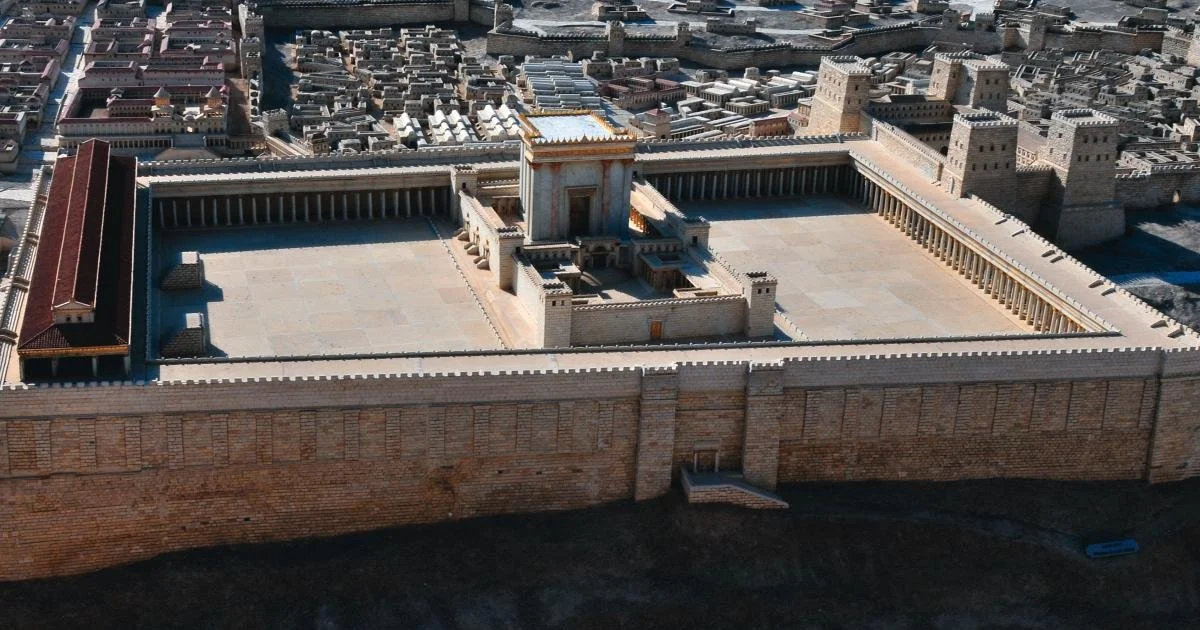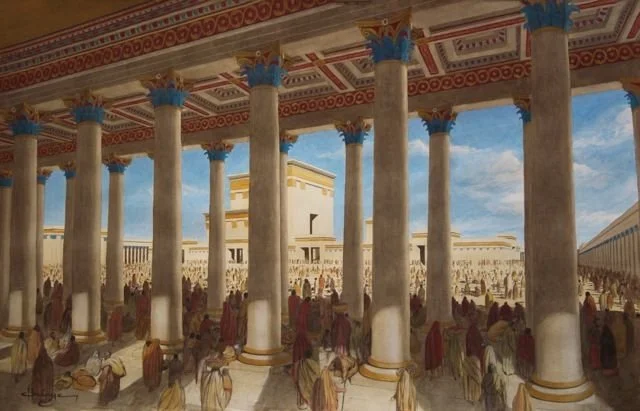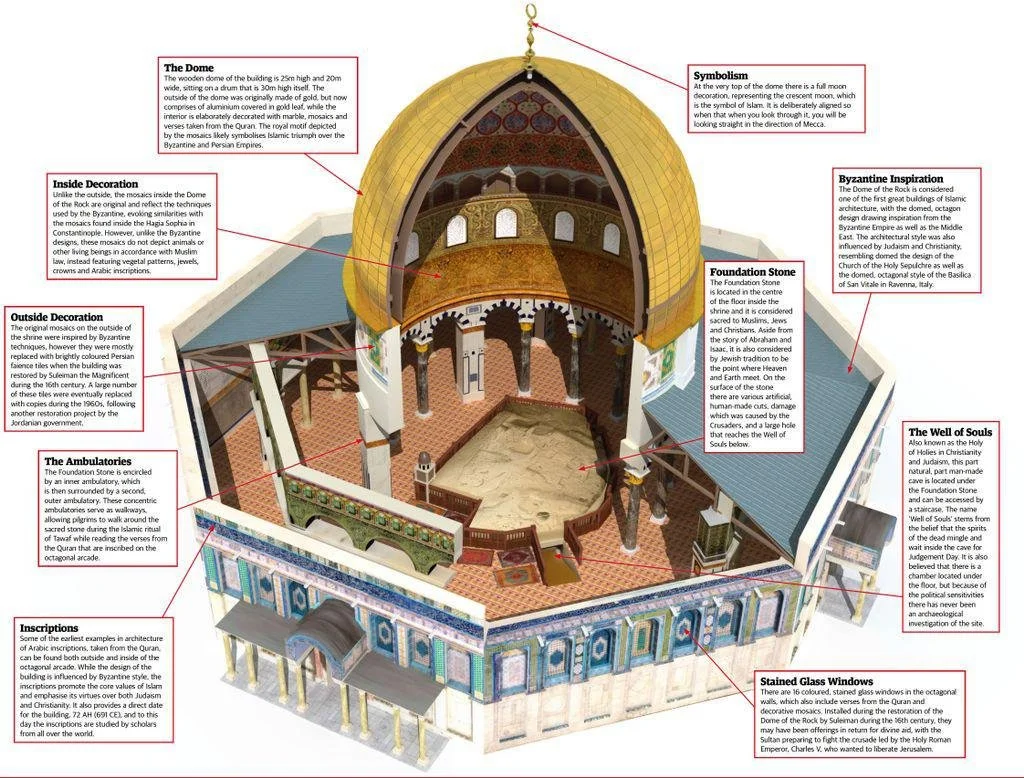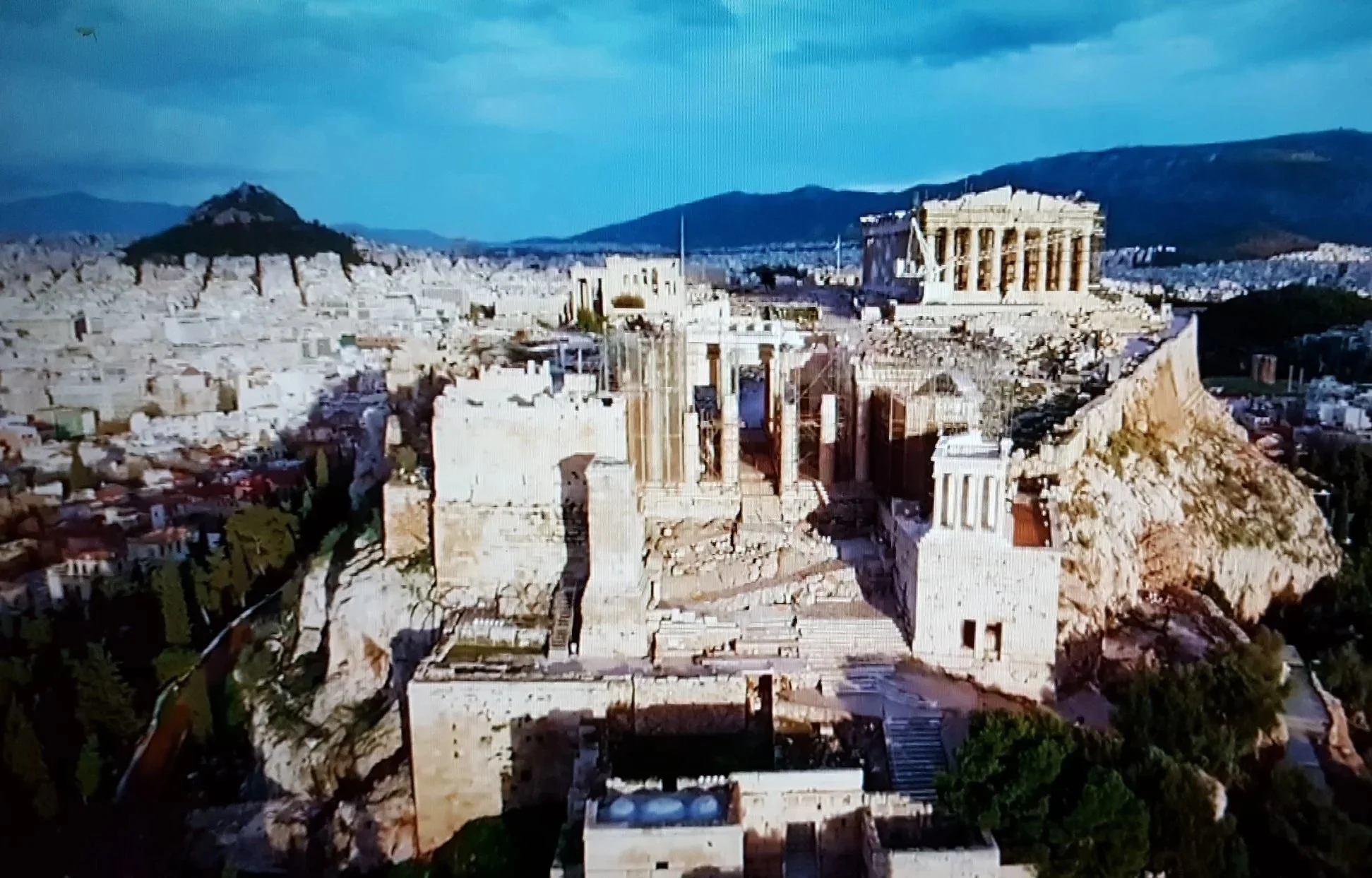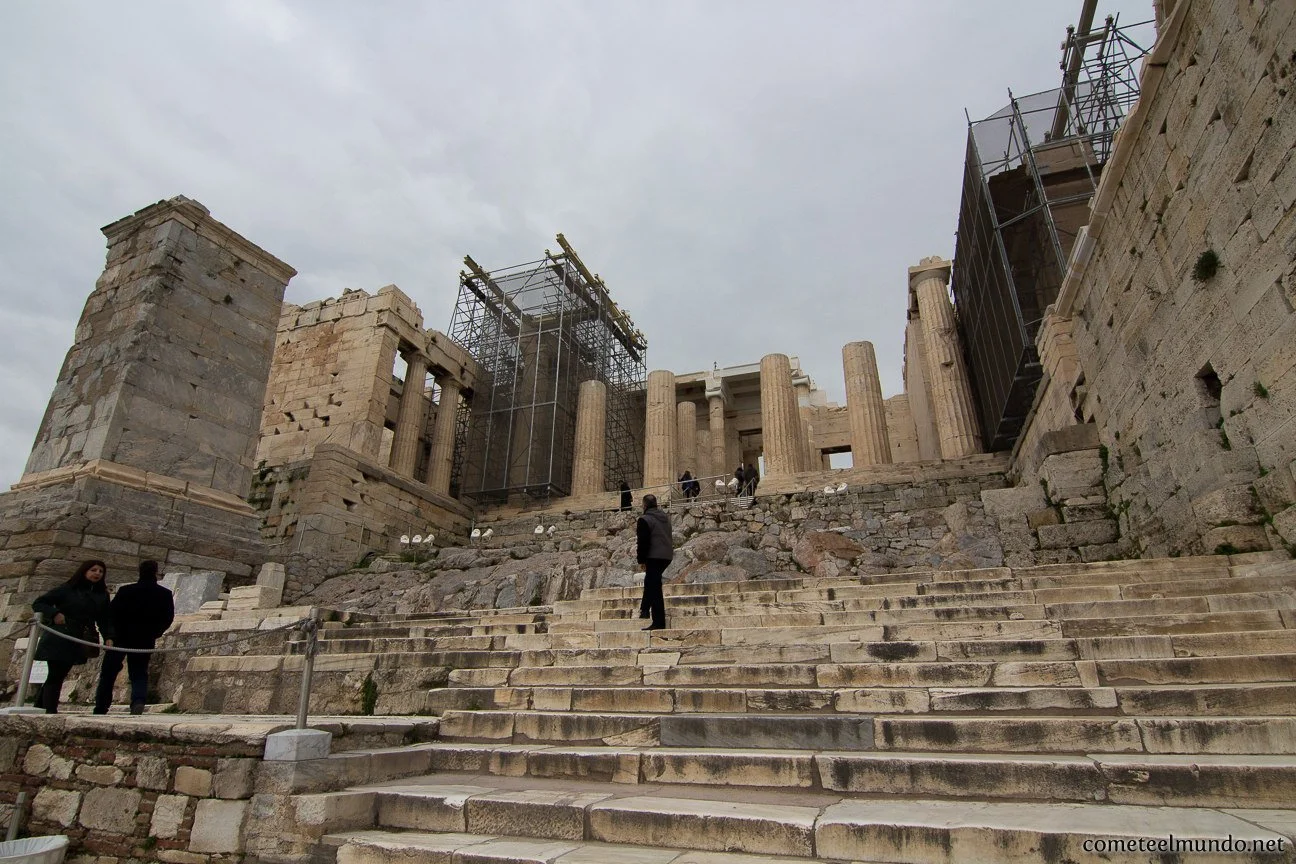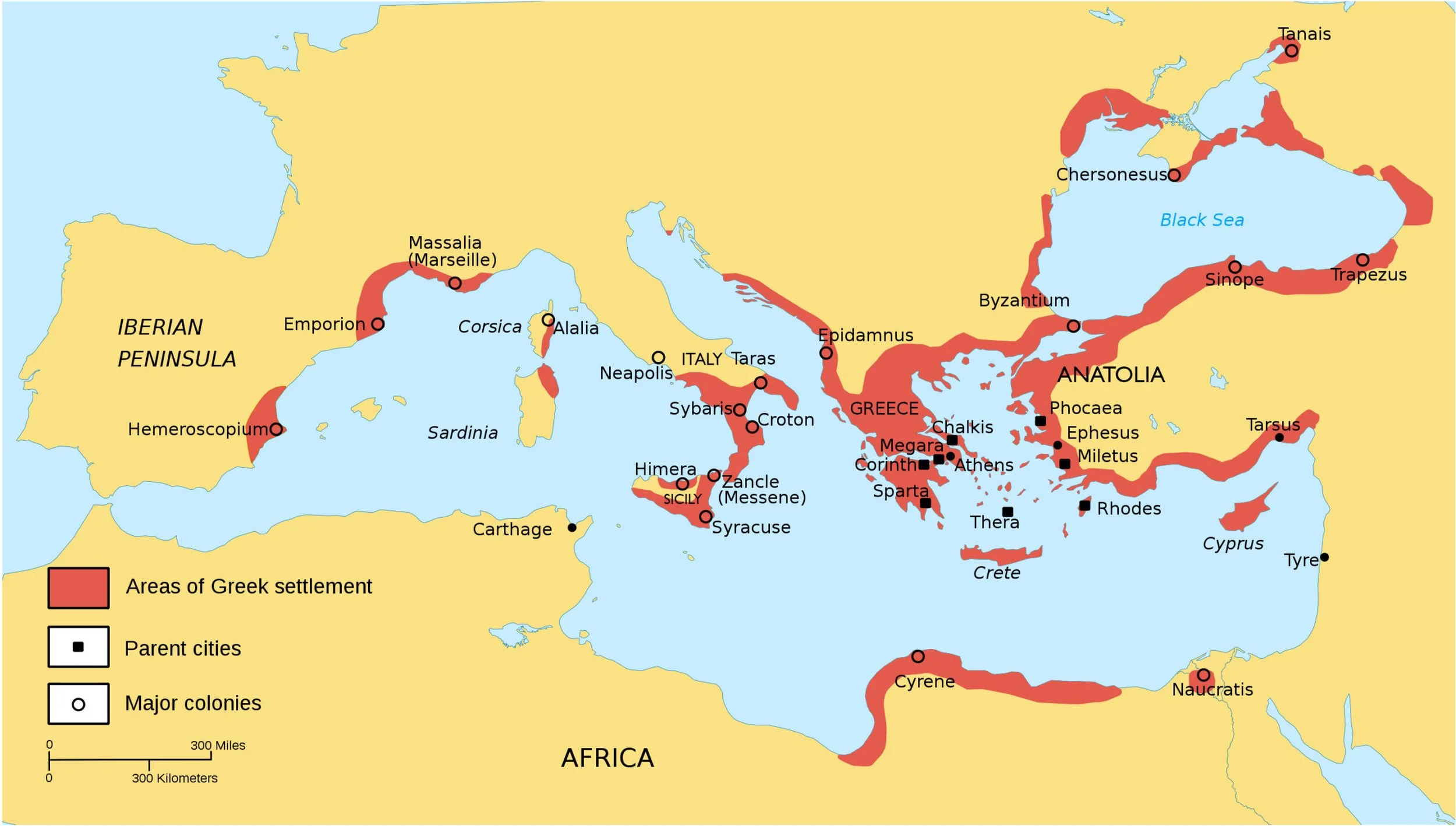segunda parte: la invencion de lo clasico
los referentes de la antiguedad
el panteon
The height from the floor to the oculus is the same as the inner diameter of the dome. This gives the Patheon a mathematical symmetry that allows a sphere to be inscribed inside the interior volume.
hagia sophia
Hagia Sophia: Istanbul's Ancient Mystery | Full Documentary | NOVA | PBS
Whether serving as Christian church, Islamic mosque, or secular museum, Hagia Sophia and its soaring dome have inspired reverence and awe. For 800 years, it was the largest enclosed building in the world. How has it survived its location on one of the world's most active seismic faults, which has inflicted a dozen devastating earthquakes since it was built in 537?
la cupula de la roca
The Dome of the Rock, is located in the heart of the Old City and layered with the history, beliefs, and divisions of the three Abrahamic religions. Jerusalem takes audiences on an inspiring and breathtaking tour of one of the world's oldest and most enigmatic cities. Destroyed and rebuilt countless times over 5,000 years, Jerusalem's enduring appeal remains a mystery. What made it so important to so many different cultures? How did it become the center of the world for three major religions?
el partenon
Greek temple construction evolved from early wooden and mud-brick structures in the pre-Archaic period (before 700 BCE) to monumental stone temples by the Archaic and Classical periods (700–323 BCE). Stone construction began in the 7th century BCE, initially using limestone and tufa, with marble becoming more widespread for major projects after the 6th century BCE. The classical temple plan with a rectangular base, central cella, and surrounding colonnade emerged around 600 BCE, developing through the 5th century BCE and beyond. The Corinthian order, characterized by its ornate, plant-like capital, appeared in the mid-5th century BCE but became more common in Hellenistic temples after 323 BCE.
Temple of Apollo Epikourios, Bassae











































